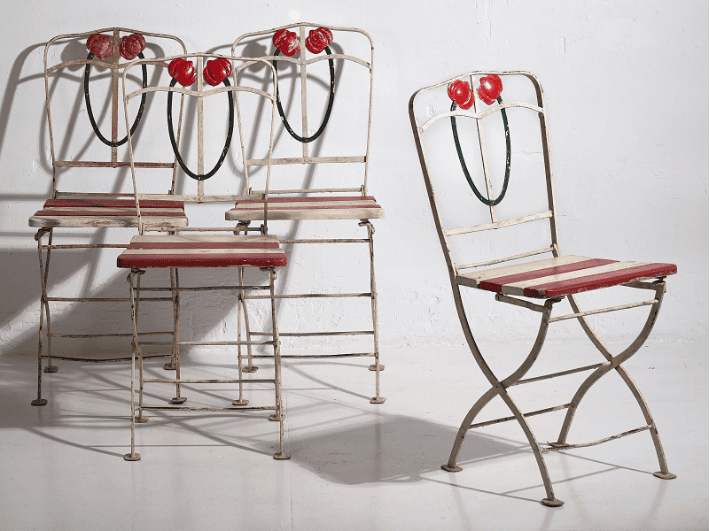In the world of design and antiques, few styles inspire as much admiration as Art Deco. Elegant, geometric and timeless, this movement has left an indelible mark on furniture, objects and architecture.
If you love pieces with history, recognising Art Deco can open the door to a world of clean lines, luxurious materials and timeless charm.

What is Art Deco?
Art Deco (short for Arts Décoratifs) emerged in France in the 1920s and spread throughout the world until the 1940s. It was born as a response to the ornamental excesses of Art Nouveau, opting for a more modern, functional and sophisticated design.
This style influenced not only furniture, but also architecture, fashion, and even cinema. Its essence reflected the spirit of an era marked by industrial progress, skyscrapers, and Hollywood glamour. Several Art Deco buildings can be found in New York City, United States.

Key characteristics of Art Deco
To identify an Art Deco piece, search for these distinctive elements:
1. Geometric shapes and symmetry
Art Deco loves clean lines: rectangles, circles, zigzags and spirals are recurring motifs. Furniture tends to have angular structures, while decorative objects play with symmetrical and staggered patterns.
2. Luxurious materials and contrasts
Luxury was essential. Fine woods (ebony, rosewood), polished metals (chrome, brass, silver) and details in tortoiseshell, ivory or leather were used. Contrasts such as black lacquer with gold or smoked glass with steel were also common.
3. Motifs inspired by exotic cultures and nature
Although Art Deco was modern, it was quite influenced by:
- The Antique Egypt (after the discovery of Tutankhamun’s tomb in 1922).
- African and oriental art, with stylised figures.
- Natural elements, such as abstract flowers, fountains or stylised animals (gazelles, birds).
4. Vibrant colors and glossy finishes
Art Deco’s palette included deep blacks, golds, silvers, emerald greens, intense reds and electric blues. The finishes were pulished, lacquered or mirrored, seeking to reflect light and create a sense of opulence.

How to identify an authentic Art Deco piece?
If you have a piece of furniture or an object and suspect it may be Art Deco, check these details:
- Geometric structure: Look for straight lines, stylised curves or stepped shapes.
- Noble materials: If the piece combines dark wood with shiny metal, that’s a good sign.
- Elegant but not overly ornate decoration: Unlike Art Nouveau, Art Deco is more restrained in its ornamentation.
- Date of manufacture: Original pieces are usually from between 1920 and 1940.
Art Deco represents the perfect union between elegance, modernity and luxury. Its geometric and refined design lives on, inspiring spaces and pieces that evoke the glamour of the 20th century. Incorporating elements of this style not only beautifies an environment, but also keeps alive the essence of an era that celebrated art and progress with distinction.